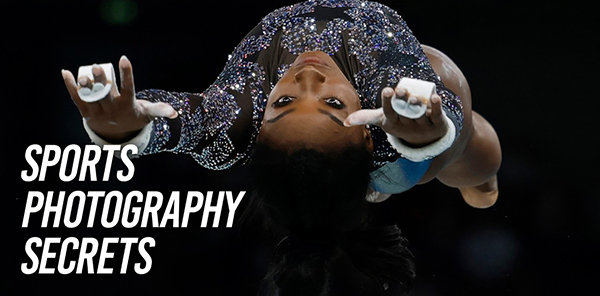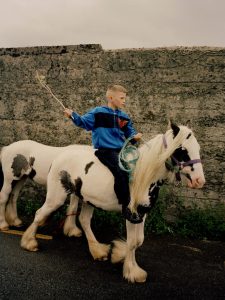
Photographing action requires a few special techniques if your goal is to capture attention-grabbing images of motion. Today’s basic primer from B&H Photo Video provides a handful of straightforward tips and techniques from a top expert.
Instructor Jeff Cable is a highly accomplished sports photographer who recently returned from shooting the summer Olympics in Paris. The five tips you’ll learn in this seven-minute episode will help you capture spectacular photos, whether you’re shooting your local team from the stands, or capturing memories of your kids in the pool or on the field.
Cable provides a quick breakdown of the techniques he used in Paris, and it’s easy to apply this advice to your style of action photography. The promise is this: You’ll learn how to take more unique images, capture a more well0-rounded story, work with ugly backgrounds, and more.
Tip #1 is all about being creative and taking a unique approach. While this goal may sound obvious, it can be more difficult to accomplish that you think. Cable explains the importance experimenting with difficult camera angles and choosing an unusual vantage point from which to shoot.
Another way to switch things up is by using a slower shutter speed to accentuate motion rather than freezing it. Cable puts it like this: “Most of the time when you’re shooing fast action you want the shutter speed to be at 1,000 sec, or faster. But one of the things I’ll do differently is purposely slow that shutter speed down so I can capture something more creative.”
Cable’s discussion of gear is interesting, but the pro equipment he has access to is likely beyond your means. But as you’ll see, there are things you can do to make the most of whatever camera and lenses you own.

On a more practical note he provides some great advice for becoming a better visual storyteller—an essential skill for just about any types of images you shoot. Here’s one example of how this works: “If I’m shooting water polo and one of the goaltenders has a shutout going I better have a good photo of the goalie stopping the ball (or stopping a puck in hockey.)”
Cable also describes the type of backgrounds that will make or break a photo, keeping in mind that your job is usually to direct a viewers eye to the primary subject in the scene and deemphasize surrounding areas within the frame.
You’ll also learn the camera settings Cable recommends for a variety of subjects, include what focusing modes work best depending upon the task at hand. You can view a selection of Cable’s outstanding and inspirational imagery on his website.




